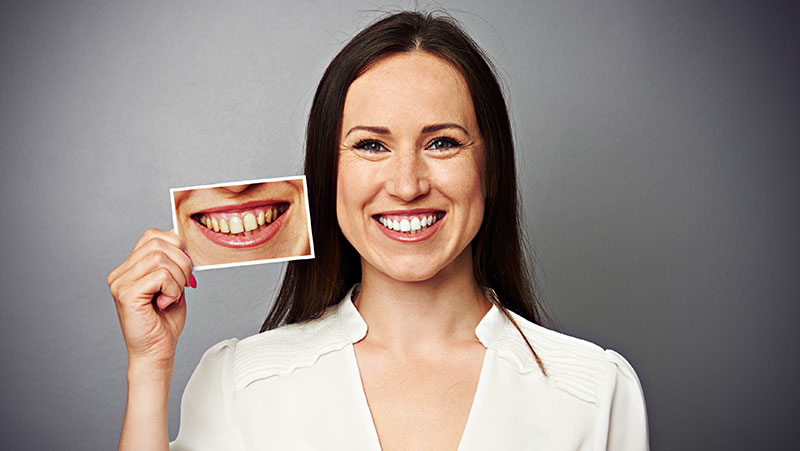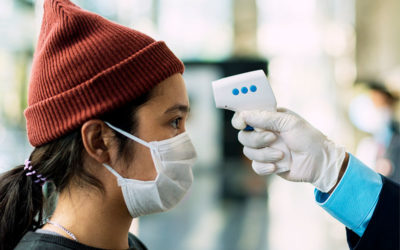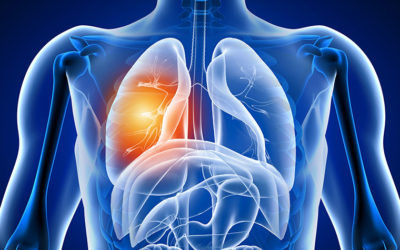In today’s appearance and youth-conscious society, the dull, stained effects of tooth discolouration represent a common dental complaint. Beyond the professionally managed teeth whitening options like Britesmile, Opalescence and Zoom whitening, people are employing new, everyday products in their ongoing struggle against yellow teeth and other forms of discolouration. From whitening strips and take-home trays to whitening toothpaste and chewing gum, people are going to various lengths to achieve and maintain a white, attractive smile.
TYPES OF DISCOLOURATION
Tooth discolouration falls into two main types: extrinsic and intrinsic.
Extrinsic or external discolouration occurs in the outer layer of the tooth, called the enamel; enamel stains can range from white streaks to yellow tints or brown spots and pits. Common culprits include Food / Drink such as tea, coffee or red wine, Tobacco use or Poor Dental Hygiene (plaque can yellow with time).
Intrinsic or internal discolouration occurs in the inner structure of the tooth, called the dentin, when the dentin darkens or displays a yellow (or gray) tint. Trauma to a tooth, medications such as tetracycline taken during pregnancy, genetics and excessive fluoride (fluorosis) intake can commonly discolour teeth.
DID YOU KNOW?
Yellowing teeth has more to do with thinning enamel from overzealous toothbrushing with a hard or medium-bristled toothbrush and abrasive toothpastes than food or drink.
ARE WHITENING TOOTHPASTES THE SOLUTION?
Whitening toothpastes are somewhat abrasive. This characteristic enables them to effectively remove surface stain. However, in doing so, enamel is removed also. As enamel is worn away, dentin and its yellowish hue is revealed. Over many years, the so-called “whitening” toothpaste becomes a “yellowing” toothpaste. Toothpastes such as ProNamel by Sensodyne (GlaxoSmithKline) are very kind to enamel and very unlikely to contribute to enamel abrasion.
What Works and What Doesn’t?
For internal discolouration including yellowing, orange and light brown, the best results are achieved by using a combination of in-office and at-home bleaching systems. Periodic re-treatments are also usually required.
A side effect of professional whitening can be tooth sensitivity that can linger up to 24 hours. Products are available to help reduce or eliminate sensitivity.
Whereas extrinsic staining can be effectively treated using various “whitening techniques” including professional polishing, intrinsic staining may be more stubborn, potentially requiring alternative cosmetic treatment such as porcelain veneers.
Prevention and Maintenance
Certain lifestyle choices can help prevent tooth discolouration, as well as keep your teeth white after whitening. For example, avoid stain-causing foods and beverages, as well as overexposure to fluoride. If you are a coffee drinker and/or smoker, quit or cut back. Rinse your mouth with water after having wine, coffee or other drinks/foods that can cause tooth stains. Intrinsic stains caused by damage to a nerve or blood vessel in a tooth may be prevented with root canal treatment to remove the inner part of the tooth, called the pulp, before it decays and darkens.





0 Comments